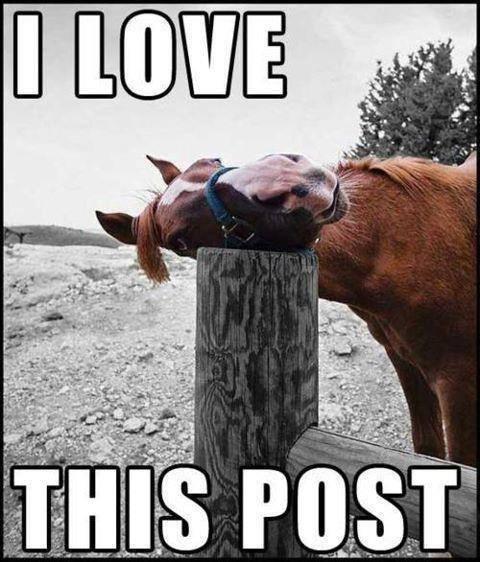My 5 Favorite Posts of the Year
 Image credit: Know Your Meme.
Image credit: Know Your Meme.
It's been a rather rich year at Viz, and it's nearly impossible to choose just five blogs. That said, here are a few I found particularly striking, fun, or thought-provoking:
"Strong is the New Skinny, OR: Why I hate the Strong Female Character" by Aubri. I admit, this subject has been on my mind a lot, and I even touched on it in my discussion of The Lego Movie. The "Strong Female Character" seems to be the newest cliche in every Hollywood film, and for a while the dominance of this trope had concerned me. This post explains, I think, a lot of my objections. As Aubri writes, "By allowing 'strength' to stand in for any positive attribute, we become complicit in a cultural agenda that marginalizes the communal, the vulnerable, the soft." Thus while "'Strength' has such positive connotation that to test its limits feels unnatural, even anti-feminist," we ought to be careful to remember that the way we present strength--especially in terms of Young Adult book covers that emphasize and celebrate character's isolation from social support and self-reliance--is not an unambiguous virtue. But read the article, if you haven't; there's a lot more to it than my summary describes.
"Words, Words, Words: Judging Hamlet by its Cover" by Deb. So, I'm a nerd, and I can't resist a discussion that discusses the cover for The Klingon Hamlet. But re-reading this post as part of my year-end review, I was struck by the way contemporary Hamlet titles participate in a neoliberal marketing strategy similar to that discussed by Aubri above. It is true, of course, that issues of individual identity, social isolation, and death are integral to Hamlet, but so are issues of social corruption ("there is something rotten in the state of Denmark"), political duties, and interpersonal relationships. It is interesting, then, that modern presentations of Hamlet are almost entirely univocal in their presentation of a single character, whether it is the Danish prince himself or his doomed lover Ophelia.
"Big Hero 6 and the Consolations of Violence" by me. In many ways this post echoes my favorite post of last year, "Lilo and Stitch: The Danger of Beautiful Stories." Both articles examine kid's movies that provide painful correctives to the mindless narratives fostered by other works. Lilo and Stitch takes on the pristine body images found in dolls and fairy-tales, while Big Hero 6 provides a more painful, less violent way of dealing with grief and building community than that modeled in Guardians of the Galaxy. What particularly draws me to these stories is both the way they remind us of the pain more conventional genres conceal, and the way they do this without abandoning their roles of providing engaging, kid-friendly entertainment. I found Big Hero 6 to be "less escapist, more grounded in visible human experience, and ultimately more thoughtful" than the adult-targeted superhero film it followed.
"Taste vs. Enjoyment" by Rhiannon. At Viz, we're pretty good at discussing visual culture; it is, as they say, what we do. But what I particularly love about this post is that it contributes to visual rhetoric. The article's infographic presents different book covers on a graph, drawn from 170 anonymous survey respondents, charted in terms of their entertainment value and "highbrow" nature. The post thus provides an interesting, if incomplete, snapshot of the way people perceive "canonicity" and literary pleasure today.
"Moving Targets: Player Choice and the Politics of Bioshock: Infinite" by Casey. Video games are still in a somewhat anomolous position when it comes to cultural criticism. On one hand, they clearly participate in familiar forms of visual and narrative rhetoric; video games often have stories, always have carefully crafted images, &c. On the other hand, their ability to provide experiences and respond to player choice makes them fundamentally different from other forms of visual or narrative culture. This post navigates between the two extremes, looking at the effect of a single, barbaric decision. Choosing rather or not to assault an interracial culture in the game's horrifically racist seting has, in Casey's analysis, at least two different effects. The game can convey "the idea that racism in its most insiduous form is less about villainy and more about institutionalized, systemic, and normalized violence." At the same time, it need not have this effect. Indeed, you as the gamer "are encouraged in your player experience to revel in the implied notion that enough bullets (or baseballs) will rid Columbia of wicked individuals and therefore of wicked ideologies." It is precisely this play between not just different interpretations but also different actions that makes video game narratives such rich and interesting cultural artifacts.



Add new comment